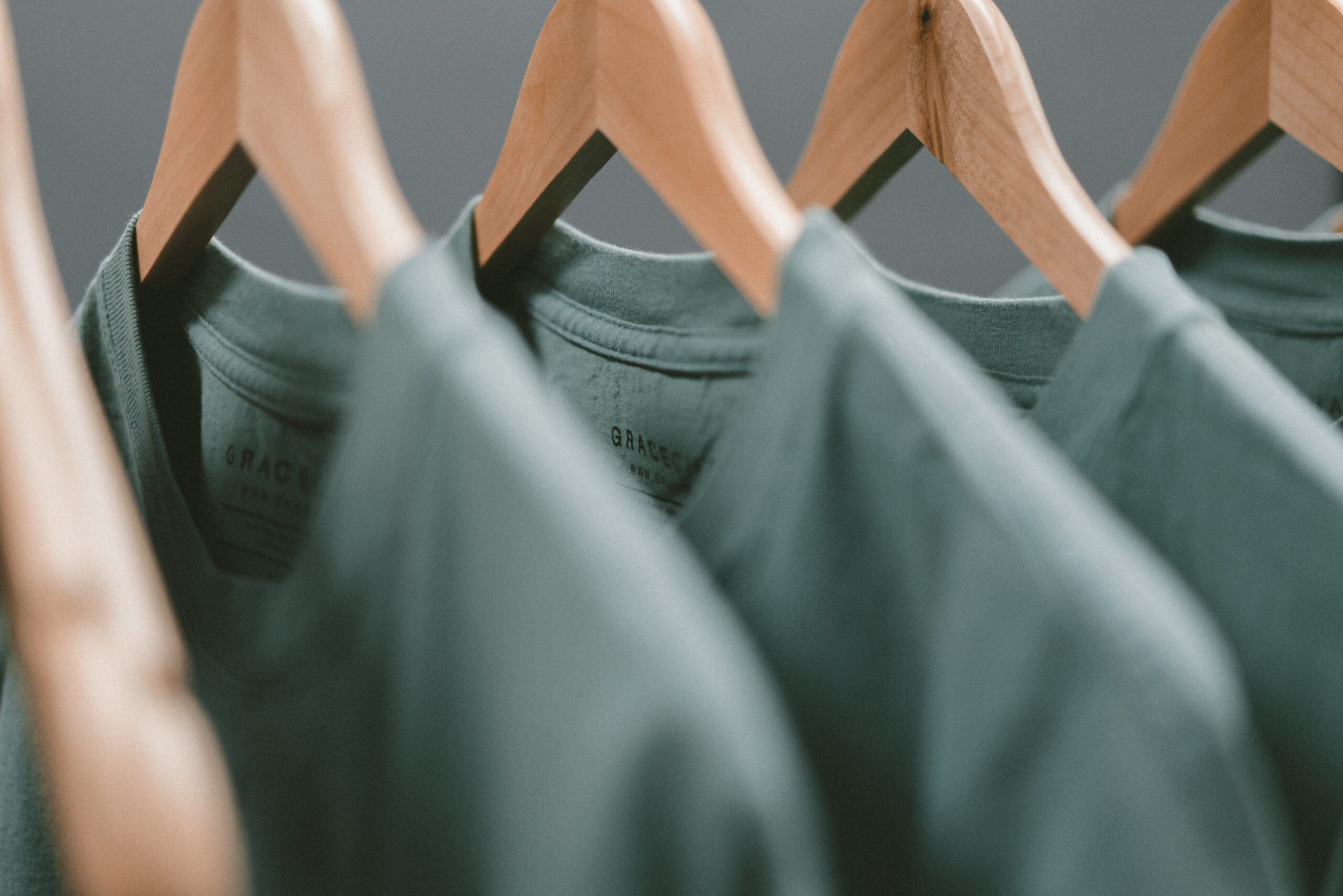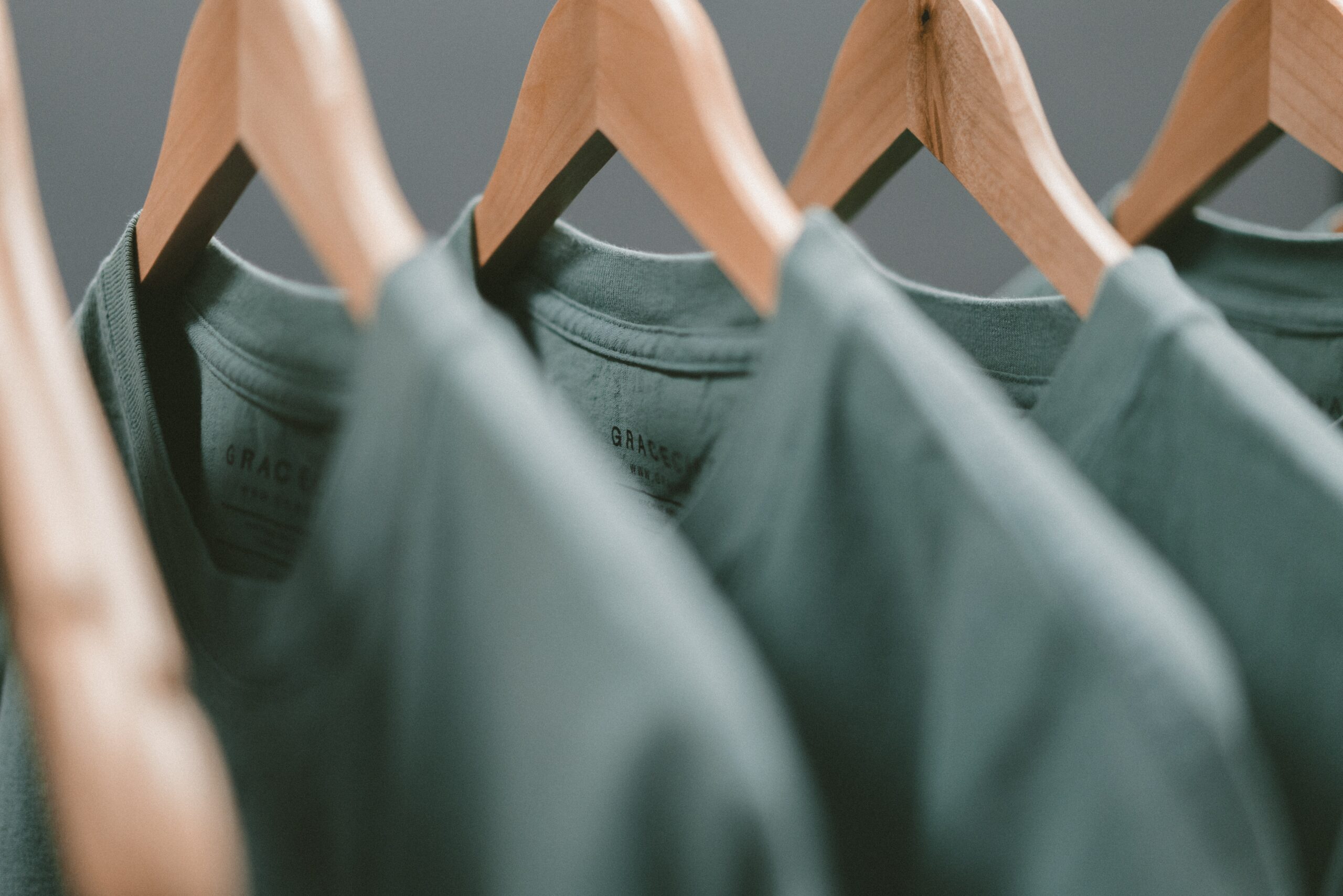When it comes to camouflage clothing, there are a variety of materials commonly used to create these disguise-enhancing garments. From natural fibers like cotton and hemp to synthetic options such as polyester and nylon, each material brings its own unique properties and advantages to the world of camouflage fashion. Whether it’s the durability of nylon or the breathability of cotton, understanding the different materials used in camouflage clothing can help you make informed decisions when it’s time to blend in with your surroundings. So, let’s take a closer look at the lineup of materials that make camouflage clothing a versatile choice for those who want to stay hidden in style.

Overview of Camouflage Clothing
Camouflage clothing refers to garments specifically designed to blend in with the surrounding environment by using color patterns and textures that mimic the natural elements. It is commonly used by military personnel, hunters, and outdoor enthusiasts who wish to remain inconspicuous and unseen. Camouflage clothing serves the purpose of providing concealment and minimizing visibility in various settings, such as forests, deserts, and urban areas.
Cotton Material in Camouflage Clothing
Cotton is a widely used material in camouflage clothing due to its softness, breathability, and affordability. Its natural fiber structure allows for good moisture absorption, making it comfortable to wear for extended periods. Cotton camouflage clothing is often favored for warm climates or during physical activities where perspiration is expected.
One of the advantages of cotton material is its comfort. Its breathability allows air circulation, which helps regulate body temperature and prevents overheating. Additionally, cotton is hypoallergenic, making it suitable for individuals with sensitive skin.
However, cotton does have some drawbacks in camouflage clothing. It can be heavy when wet and takes longer to dry compared to synthetic materials. This can be an issue in wet environments or during activities that involve water. Cotton also tends to wrinkle easily, requiring ironing or steaming to maintain a neat appearance.
Typical use cases of cotton in camouflage clothing include hunting apparel, casual wear, and military uniforms for training purposes.
Nylon and Polyester Camouflage Clothing
Nylon and polyester are synthetic materials commonly used in camouflage clothing. These materials offer several advantages that make them popular choices for outdoor enthusiasts and military personnel.
Nylon is lightweight, quick-drying, and resistant to abrasion, making it ideal for activewear or gear used in rugged environments. It offers excellent strength and durability, which ensures that the camouflage clothing can withstand challenging conditions.
Polyester, on the other hand, is known for its moisture-wicking properties, which helps to keep the wearer dry and comfortable. It is also resistant to wrinkles, shrinking, and fading, making it a low-maintenance choice for camouflage clothing.
Despite their desirable features, nylon and polyester also have some drawbacks. These materials may not be as breathable as natural fibers like cotton or wool, leading to potential discomfort during intense physical activities. They can also generate static electricity, which may be problematic in certain environments.
Nylon and polyester camouflage clothing are commonly used in military operations, outdoor sports, and adventure activities where durability and quick drying are essential.
Wool Material in Camouflage Clothing
Wool is a natural material that offers unique properties suitable for specific camouflage clothing applications. It is known for its excellent insulation and moisture-wicking abilities, making it an ideal choice for cold weather conditions.
The benefits of wool material in camouflage clothing include its ability to retain warmth even when wet, providing insulation even in damp environments. Wool also has inherent odor resistance, making it suitable for activities where scent control is crucial, such as hunting.
However, wool does have some disadvantages when used in camouflage clothing. It can be heavyweight and bulkier compared to other materials, which may limit mobility or comfort for some individuals. Additionally, wool requires special care when washing and is more prone to shrinking if not handled properly.
Wool camouflage clothing is commonly utilized in cold climate regions, winter hunting expeditions, and military operations in mountainous or Arctic environments.

Blended Materials for Camouflage Clothing
Blended materials, which combine various fibers, offer a balanced approach that leverages the advantages of multiple materials. Commonly used blends in camouflage clothing include cotton-polyester, nylon-cotton, and wool-polyester.
The advantages of blended materials include enhanced durability, improved moisture management, and increased flexibility. Blends can combine the breathability of natural fibers with the quick-drying properties of synthetics, providing a comfortable and versatile option for camouflage clothing.
However, blended materials may also have potential downsides. Depending on the specific blend, the performance characteristics of each individual fiber may be compromised. Blends may also require special care instructions to prevent damage or shrinkage.
Blended material camouflage clothing finds applications in a wide range of activities, including outdoor sports, military engagements, and everyday wear.
Synthetic Materials in Camouflage Clothing
Synthetic materials, such as polyester, nylon, and acrylic, offer several benefits and advantages when used in camouflage clothing. These materials are designed to provide specific performance qualities suitable for various environments and activities.
Synthetic materials are often lightweight, moisture-wicking, and quick-drying, making them ideal for high-intensity outdoor activities. They offer excellent durability, abrasion resistance, and color retention, ensuring that the camouflage clothing remains effective even after prolonged use.
However, synthetic materials also have some drawbacks. They may not be as breathable as natural fibers, potentially causing discomfort in hot and humid conditions. Synthetic materials are also prone to melting or burning when exposed to high heat or flame.
Examples of synthetic-material camouflage clothing include tactical gear for military personnel, performance hunting apparel, and outdoor adventure clothing designed for extreme conditions.

Camouflage Clothing Material Durability
The choice of material in camouflage clothing plays a significant role in determining its overall durability. Different materials have varying levels of strength, resistance to wear and tear, and longevity.
Natural fibers like cotton and wool may offer good durability, especially when blended with synthetic fibers. Cotton-polyester blends, for example, combine the strength of polyester with the softness and breathability of cotton, resulting in a durable and comfortable fabric.
On the other hand, nylon and polyester materials are known for their exceptional durability, with superior resistance to abrasion and tearing. This makes them suitable for rugged outdoor environments and high-impact activities.
Manufacturing processes, such as weaving techniques and treatments, can also impact the durability of camouflage clothing. Reinforced stitching, double layers, or specialized coatings can enhance the overall strength and longevity of the garment.
To maintain the durability of camouflage clothing, it is important to follow manufacturer’s guidelines for washing, drying, and storing each specific material type. Proper care techniques can help prevent premature wear and extend the lifespan of the garments.
Waterproof Materials in Camouflage Clothing
Waterproof materials play a crucial role in ensuring that camouflage clothing remains dry and functional in wet conditions. Various types of materials and technologies are utilized to achieve waterproof properties in camouflage garments.
Common waterproof materials used in camouflage clothing include laminates, membranes, and coatings. These elements create a barrier that prevents water from entering the garment while allowing moisture vapor to escape, ensuring breathability.
Waterproof materials have several advantages in camouflage clothing. They keep the wearer dry, provide protection against elements such as rain or snow, and maintain thermal insulation properties even when wet.
However, there are also some disadvantages to consider. Waterproof materials can reduce breathability, potentially causing discomfort during intense physical activities. They may also add weight to the garment, impacting mobility.
Waterproof camouflage clothing is commonly used by military personnel, hunters, and outdoor enthusiasts who require protection from wet environments.
Reflective Materials in Camouflage Clothing
Reflective materials serve a specific purpose in camouflage clothing by reflecting light instead of absorbing it, making the wearer less visible in low-light conditions. These materials are often utilized for safety or tactical purposes.
Common types of reflective materials used in camouflage clothing include retro-reflective tapes and coatings. These materials are designed to capture and redirect light back to its source, creating a visual effect that helps enhance visibility in dark or dimly lit environments.
The advantages of reflective materials in camouflage clothing include increased safety during hunting trips or nighttime activities and improved visibility for military personnel during missions.
However, reflective materials may have some drawbacks. In daylight or well-lit conditions, they can stand out and potentially compromise the concealment aspect of camouflage clothing. Additionally, reflective materials may lose effectiveness over time due to wear or damage.
Cultural and Historical Impact of Camouflage Clothing Material
Certain materials used in camouflage clothing have cultural significance and historical connections. For example, traditional patterns and fabrics specific to certain regions or cultures may be incorporated into camouflage clothing to honor or represent heritage.
The historical evolution of materials used in camouflage clothing reflects advancements in textile technology and military strategies. From early experiments with natural materials like leaves and mud to the development of synthetic fibers and high-tech coatings, camouflage clothing has continuously evolved to meet the demands of changing warfare tactics and outdoor activities.
Looking toward the future, camouflage clothing materials are likely to continue evolving. Advancements in fabric technology, such as the development of lightweight and breathable materials with advanced camouflage patterns, will further enhance concealment capabilities while ensuring comfort and performance.
In conclusion, camouflage clothing utilizes a variety of materials to provide concealment and functionality in different environments. From natural fibers like cotton and wool to synthetic materials like nylon and polyester, each material offers unique advantages and drawbacks. Blended and synthetic materials provide additional performance characteristics such as durability, moisture management, and quick drying. Waterproof and reflective materials serve specific purposes in certain situations, while cultural and historical influences further shape the choice of materials used in camouflage clothing. As technology advances, future trends in camouflage clothing materials will continue to improve concealment capabilities while maintaining comfort and durability.

